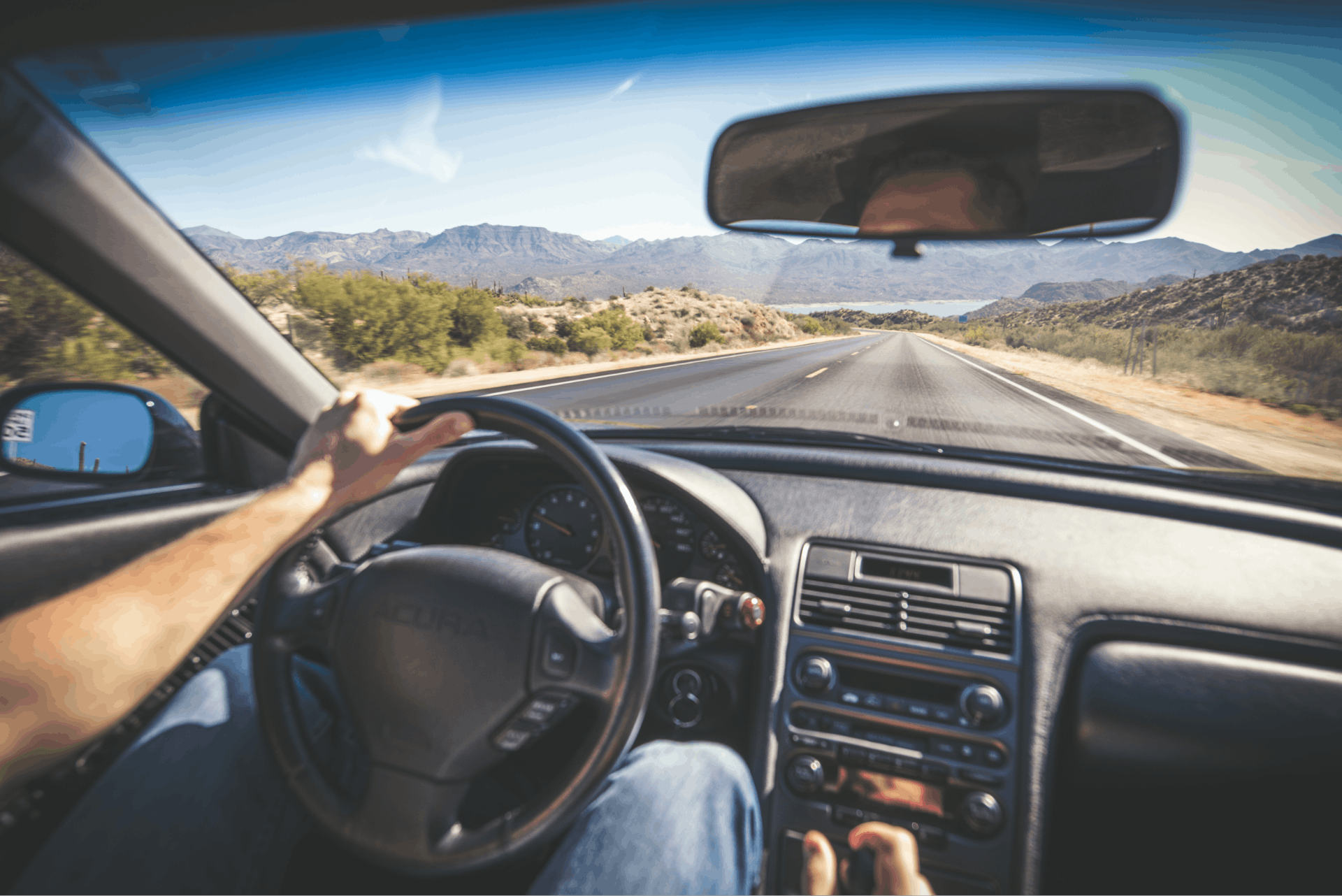All prices shown here are representative of stock condition vehicles only and based on various data sources, as detailed in About Our Prices. Value adjustments for optional equipment are in U.S. dollars. More information on how forecast models are calculated can be found on Forecasted Values page. For additional information and a complete description of benefits, visit hagerty.CA/legal. Purchase of insurance not required for membership in HDC. Hagerty, Hagerty Valuation Tools & Hagerty Drivers Club are registered trademarks of the Hagerty Group LLC, ©2025 The Hagerty Group, LLC. All Rights Reserved.
1962 Dodge Custom 880
2dr Hardtop Coupe
8-cyl. 361cid/265hp 2bbl
#1 Concours condition#1 Concours
#2 Excellent condition#2 Excellent
#3 Good condition#3 Good
$15,400 CAD*
+2%
#4 Fair condition#4 Fair
Apr 2025
Pricing adjustments
-20% for 6-cyl.
+10% for factory a/c.
Adjustments are in USD
-20% for 6-cyl.
+10% for factory a/c.
Adjustments are in USD
Let us watch the market for you
We update the Hagerty Price Guide each quarter. Sign up for alerts and we'll notify you about value changes for the cars you love.
Past sales
Insurance
Protect your 1962 Dodge Custom 880 from the unexpected.
Better coverage built for classics at a price you can afford. Online quotes are fast and easy
More 1962 Dodge Custom 880 values
Model overview
Model description
For 1962, Dodge’s full-size luxury Custom 880 line was critical to the company because of the loss of the DeSoto brand, which ended with a short production run of 1961 models in late 1960. Dodge sought to retain DeSoto buyers with a comprehensive full-size slate of luxury cars.
Buyers in 1962 could order a Custom 880 with four doors as a sedan, hardtop, or a six- or nine-passenger hardtop wagon. The car was also available as a two-door hardtop coupe or convertible. About 17,500 Custom 880 cars were made in this year, with over 11,000 in the four-door sedan body. Just 684 Custom 880 convertibles were made.
All Custom 880 models came with Dodge’s 361-cid V-8 engine, rated at a healthy 265 horsepower. Buyers could spend $400 to upgrade to the 413-cid Ram-Charger V-8 at 410 horsepower. Both engines were mated to a standard three-speed manual transmission, although a three-speed TorqueFlite automatic was also available as an option for $211, and a four-speed manual for $146.
Additional options included power steering, power brakes, power seats, power windows, and air conditioning.
For 1963, the base model name was changed to “880” while the “Custom 880” included more trim. Basic 880 cars were available in sedan and wagon form, while Custom 880 models retained the full range of body styles. The base engine was the same 361-cid V-8, while the optional engine was a 426-cid V-8 at 415 horsepower. Just over 28,000 880-series cars were built in 1963. Apart from some updated bodywork, there were no appreciable changes made for 1964 and about 32,000 cars were built for that year.
In 1965, the new Polara made its debut, along with the Monaco hardtop, supplanting the Custom 880 as the top of the line for Dodge. Bodywork on the 880 remained mostly the same as the 1964 models, though a several V-8 engines were available between the base 361 and the 426 V-8, and transmission options remained the same. This was the last year for the Custom 880, and about 35,000 cars were built.
Collectors gravitate towards unusual body styles including the hardtop coupes and convertibles, with special interest in cars ordered with the high-horsepower engines and a full set of options. Convertible production peaked at 1,416 cars in 1965, and two-door hardtop production at 4,850 in the same year. While the Custom 880 has never been considered a true muscle car, there’s plenty of Mopar muscle in these cars to merit a place in anyone’s collection.
Find more values
Search for prices of other cars, trucks, vans and motorcycles
Common Questions
The value of a 1962 Dodge Custom 880 can vary greatly depending on its condition, mileage, options, and history. Typically, you can expect to pay around $13,975 USD for a 1962 Dodge Custom 880 in good condition with average spec.
Many factors can increase a car's value including excellent condition, exceptional originality, a recent restoration, low mileage, unique provenance, desirable options, popular or unique color choices, and excellent maintenance records. Upgrades and modifications that enhance performance or aesthetics can also add value.
Factors that can decrease a car's value include unusually high mileage, poor maintenance history, visible wear and tear, accidents or damage, title issues, and gaps in ownership history. Additionally, less popular color choices and extensive modifications that don't appeal to a broad audience can reduce value.
Mileage plays a significant role in a classic car’s value. Lower mileage usually increases value because it indicates a higher degree of originality, is rarer, and suggests less wear and tear. However, cars with exceptionally low mileage may also have maintenance needs due to lack of use. Whether someone should pay more for a vehicle with lower miles will depend on how they plan on using it, and the vehicle's specific condition.
The value of modified cars differs widely based on the type and quality of modifications. While some modifications can significantly increase value, especially performance enhancements and high-quality custom work, others may not add much or could even detract from the car’s value if they appeal to only a limited audience.
